Ann Shafer During History of Prints class, it’s impossible to show everything. After each class, Tru Ludwig and I would reassess our lists and see where we could make cuts in the early periods to make room for the contemporary works at the end that the museum had recently acquired. For a while we had early Italian female printmaker Diana Scultori as the first woman to appear on the chronological list, but she got bumped off at some point (sorry Diana). If I recall correctly, the BMA’s prints by her were not great representations of her work. So, the first woman on the list became Geertruydt Roghman (Dutch, 1625–1657), an artist from an extensive artist family in Amsterdam.
Geertruydt’s father, Hendrik Lambertsz. Roghman (1602–before 1657), was an engraver. Her mother Maritje’s father was Jacob Savery II (1593–c. 1627), a painter and etcher. Her great uncle was the Flemish painter and printmaker Roelant Savery (1576–1639), whose patron was Rudolf II, the Holy Roman Emperor (1552–1612). Geertruydt’s brother Roelant (1627–1692) and sister Magdalena (1637–after 1669) were also artists and the three siblings worked with their father. As we’ve seen in our discussions of Diana Scultori and Elisabetta Sirani (see recent posts), women printmakers were frequently members of a larger artist family. Otherwise, it must have been difficult to access the world of print publishing. Roghman mostly made reproductive prints—meaning prints reproducing the compositions of other works, which can be paintings or even other prints. Her earliest known work is a portrait engraving of her great uncle Roelant, after a painting by Paulus Moreelse (1571–1638). With her brother Roelant, she made fourteen landscape etchings after his drawings. They were in their early twenties when they made these. But, Roghman is best known and celebrated for a set of five prints that are her own designs (not after some other artist’s paintings or prints) that show women engaged in daily household tasks. They are remarkable in their originality and banality. In four of them an anonymous woman is going about her day: ruffling some fabric, spinning yarn, cooking, cleaning cookware. In the fifth print, two women are sewing. Interestingly, in two of the prints, lone figures have their backs turned to the viewer. So why images of daily life rather than moralizing or religious lessons, you ask? The simple answer is that in Northern Europe (Germany, Holland, Flanders), an anti-Catholic movement was born in the sixteenth century. The Protestant movement (protest—get it?) prescribed that people did not need the Church as intercessor but they should instead form a more direct and personal relationship with God. This meant no images in churches, no religious paintings, no religious prints. (It’s more complicated than that, but you get the picture.) This anti-religious-imagery trend marked the rise of other subjects in art: portraits, still lifes, landscapes, scenes of daily life. With Roghman’s series of women doing daily tasks, we get even more of a sense of the reality of women’s daily lives. She was one of the few seventeenth-century Dutch artists to focus on ordinary women. As the Metropolitan Museum’s web site points out: “In comparing Roghman's images of household servants with those of [Gerrit] Dou and [Johannes] Vermeer, it is tempting to distinguish male and female points of view (as some critics have rather emphatically). Whatever the interpretation, it is important to bear in mind that Roghman's prints were intended for a broad art market, whereas Dou's famously expensive paintings (as opposed to the later prints after them) and The Milkmaid by Vermeer were made with individual collectors in mind.” Roghman’s prints were an abrupt departure from the religious imagery we had been covering in class up to that point. The figures are so ordinary that their meaning and importance was lost on the students. Only with context did they come to life. Of course, Tru was there to guide us every step of the way.
0 Comments
Leave a Reply. |
Ann's art blogA small corner of the interwebs to share thoughts on objects I acquired for the Baltimore Museum of Art's collection, research I've done on Stanley William Hayter and Atelier 17, experiments in intaglio printmaking, and the Baltimore Contemporary Print Fair. Archives
February 2023
Categories
All
|
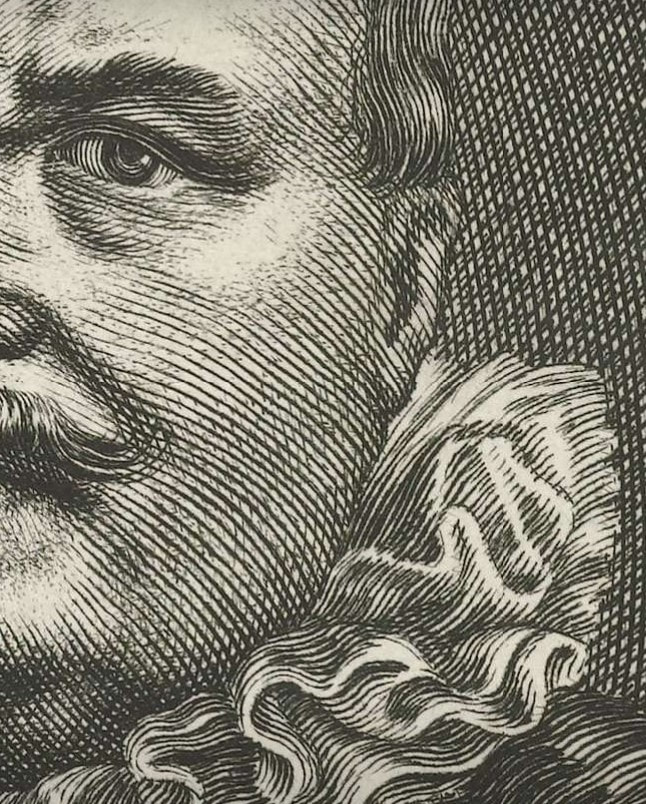
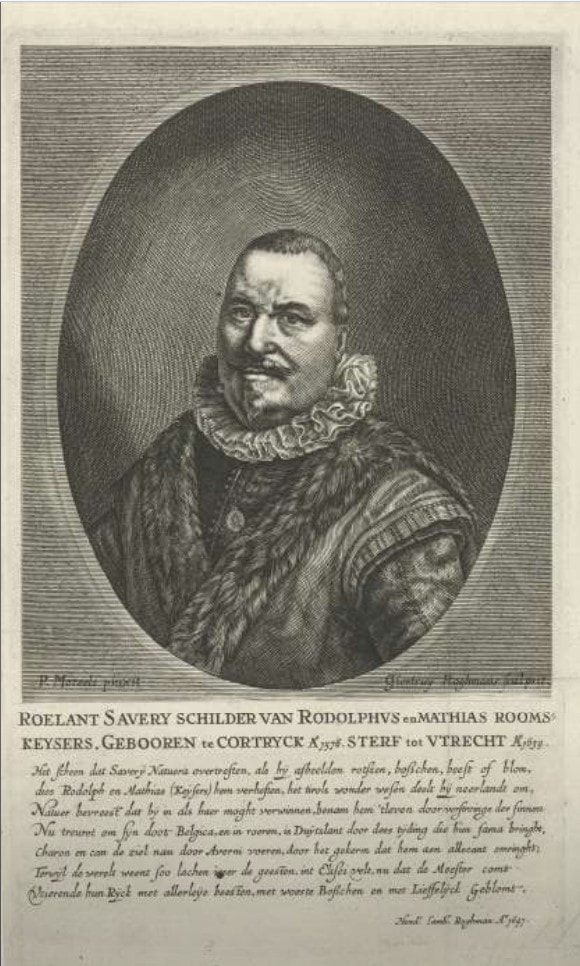
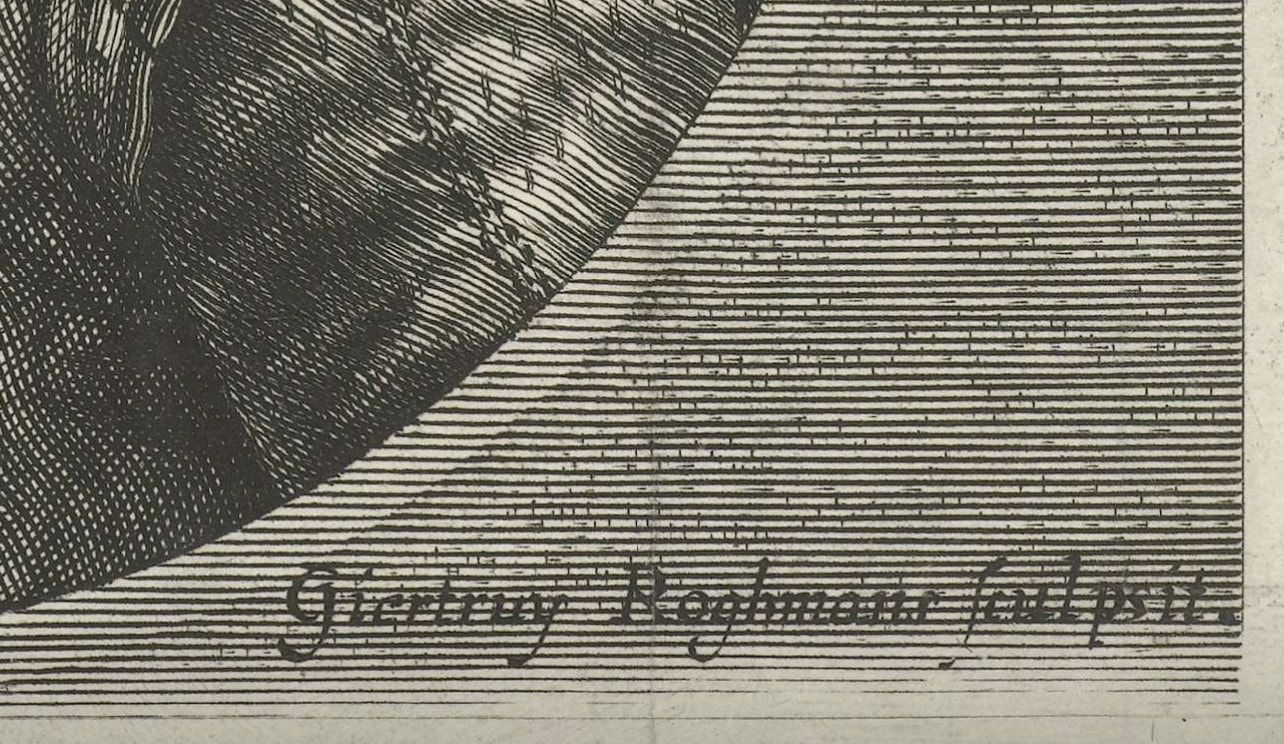
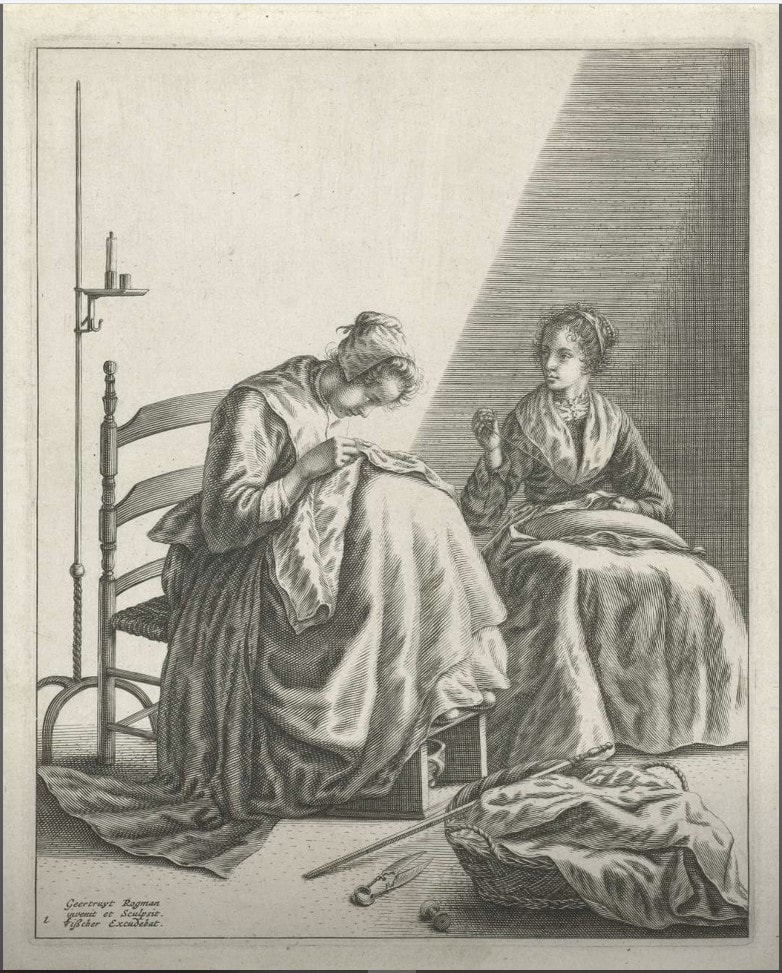
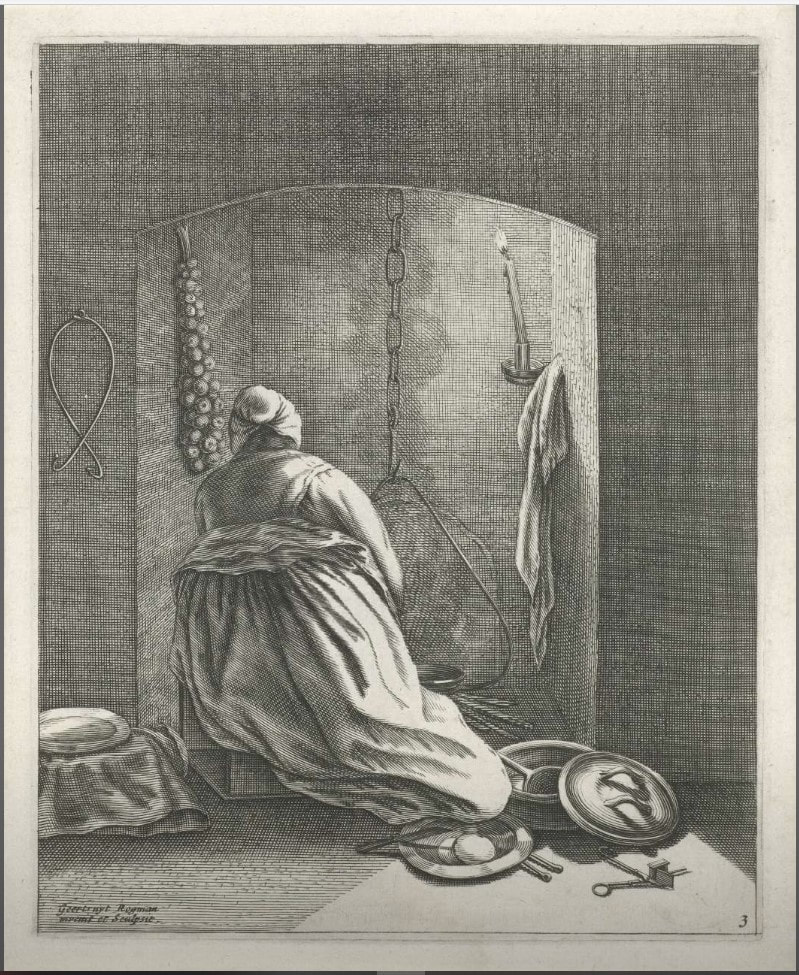
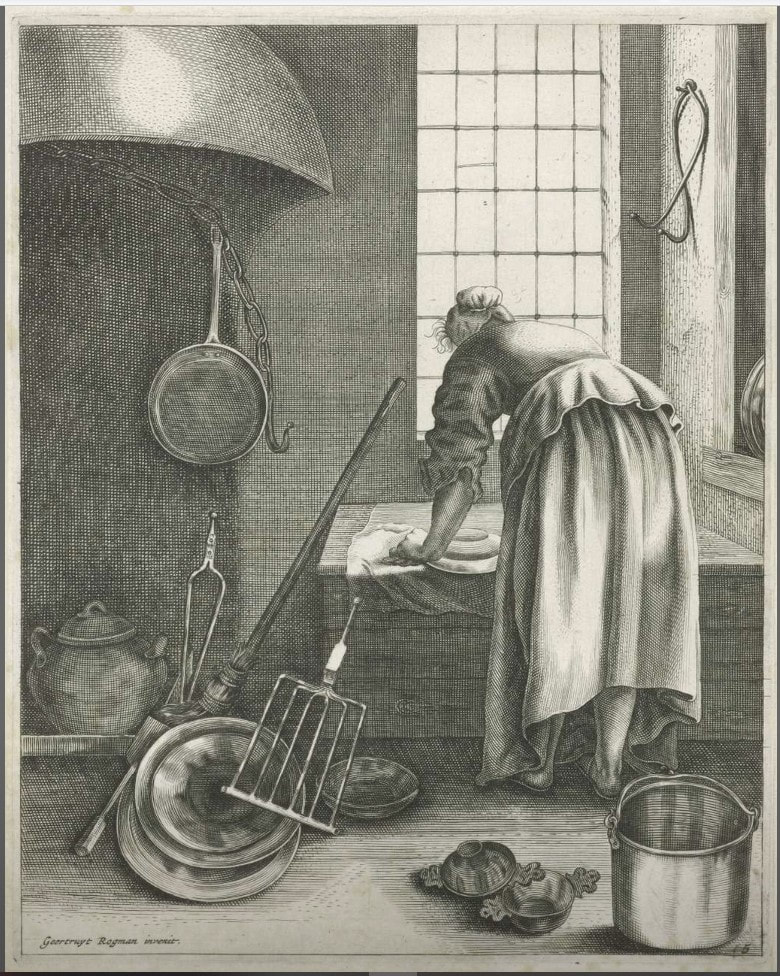
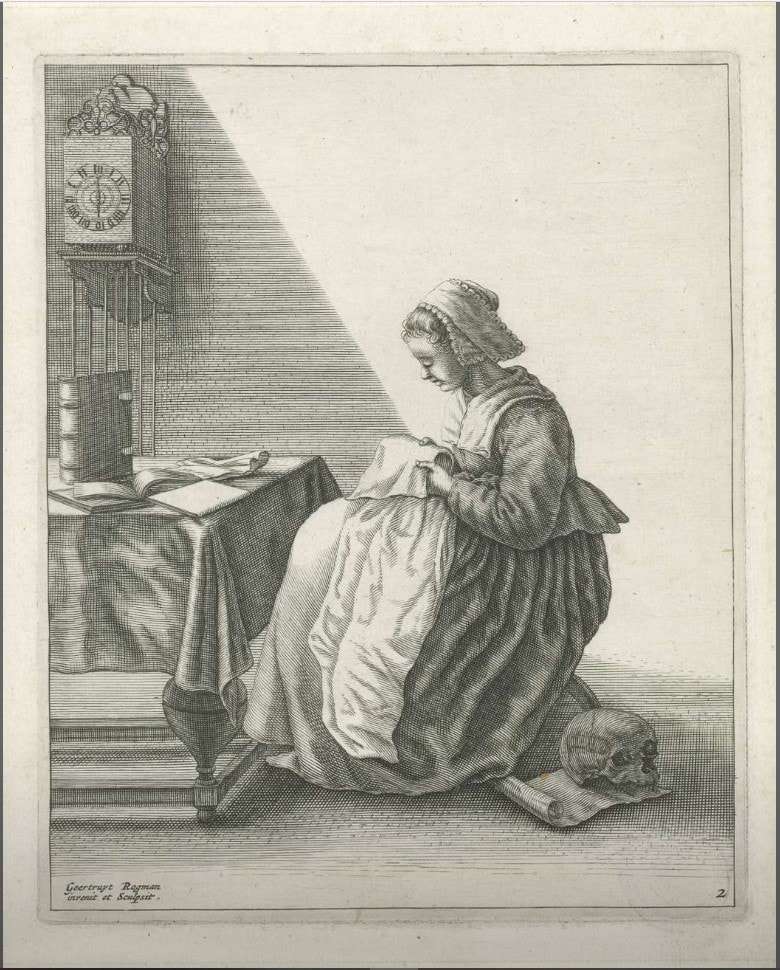
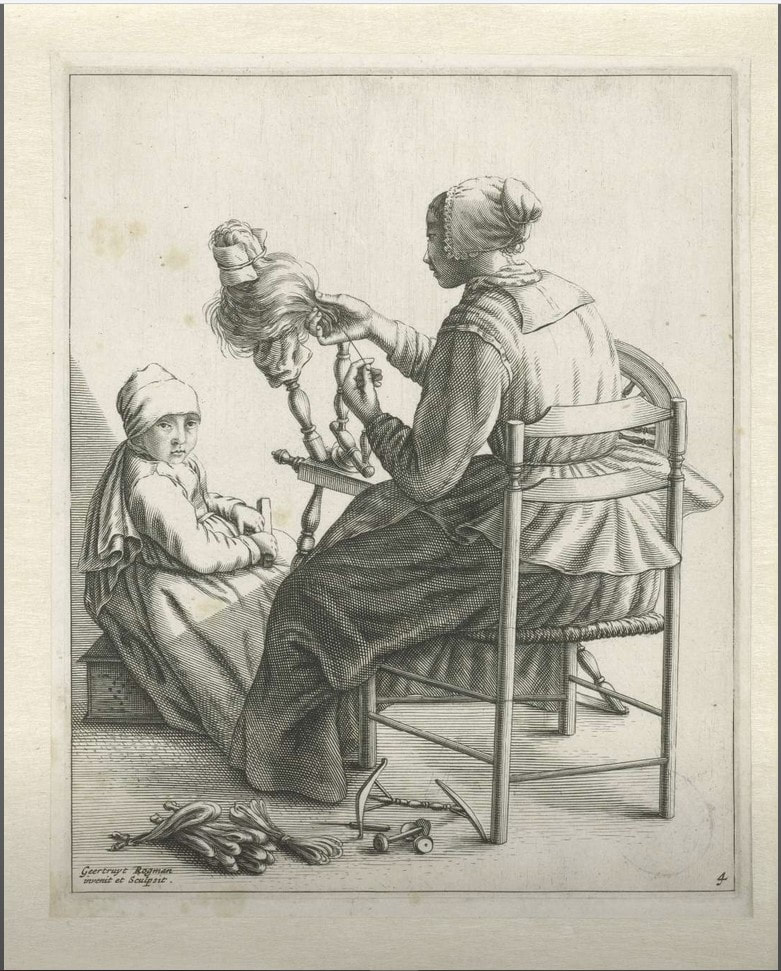
 RSS Feed
RSS Feed